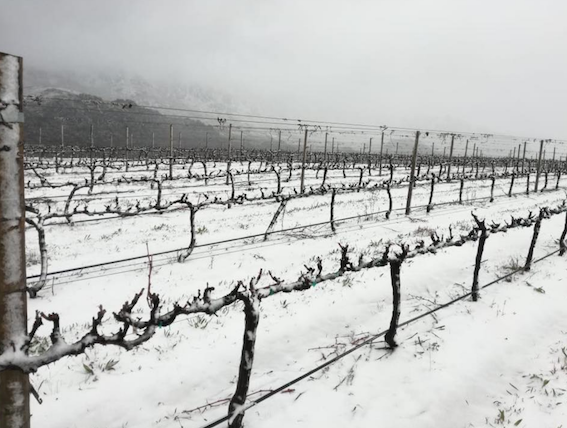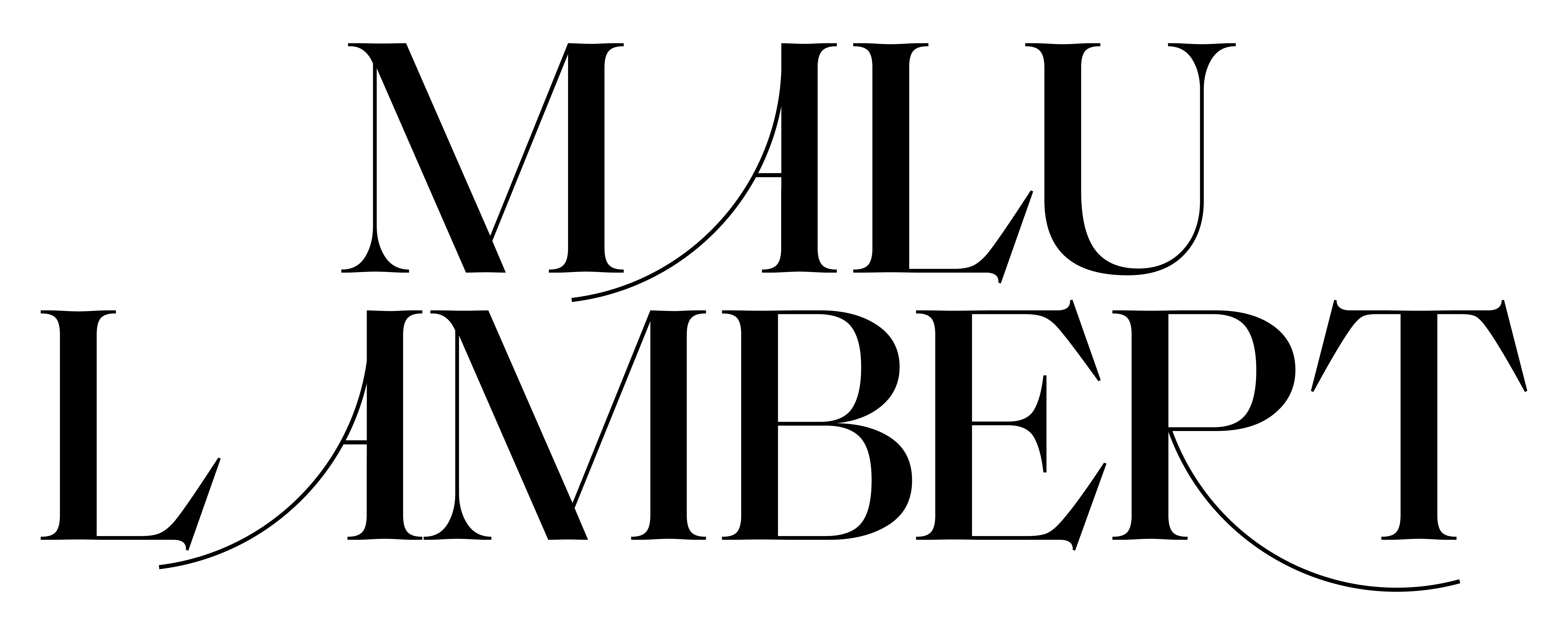9.
Seeking new heights
This article originally appeared on Michael Fridjohn
We just have to look to the soaring vineyards of Argentina to know that viticulture is literally on the rise. Many of the country’s vines are grown at dizzying heights, from 1000m and above to even as high as 3300m. It’s neighbour Chile also has high-flung pockets, in the Elqui Valley for example producers are even experimenting with aromatic varieties such as riesling.
There’s no doubt that as the world warms we will begin to look skyward: it’ll be something of a gold rush to claim the cooler, higher sites as climatic doom starts to descend. Climate change is without a doubt the most burning issue facing viticulture, though extreme vineyards are not just an escape route – it’s also a question of style. Can there be more site-expressive wines than grapes grown almost touching the heavens?
When planted at height these vineyards are firmly continental in climate as opposed to those with ocean views moderated by the big blue. Grapes in alpine vineyards ripen later, concentrating flavour compounds. They also experience high diurnal swings (hot days, cold nights) that magic acidity retainer, plus the grapes receive more solar radiation than their grounded counterparts, ramping up phenols and anthocyanin, thickening skins and deepening colour.
Celebrated winemaker Charles Hopkins is no stranger to aiming high. Cellar master at De Grendel owned by the Graaff family he works with a variety of other sites too. Recently released the Op die Berg Syrah 2019 is the third addition to De Grendel’s Op die Berg range, which also incorporates a pinot and chardonnay.
There’s no doubt that as the world warms we will begin to look skyward: it’ll be something of a gold rush to claim the cooler, higher sites as climatic doom starts to descend. Climate change is without a doubt the most burning issue facing viticulture, though extreme vineyards are not just an escape route – it’s also a question of style. Can there be more site-expressive wines than grapes grown almost touching the heavens?
When planted at height these vineyards are firmly continental in climate as opposed to those with ocean views moderated by the big blue. Grapes in alpine vineyards ripen later, concentrating flavour compounds. They also experience high diurnal swings (hot days, cold nights) that magic acidity retainer, plus the grapes receive more solar radiation than their grounded counterparts, ramping up phenols and anthocyanin, thickening skins and deepening colour.
Celebrated winemaker Charles Hopkins is no stranger to aiming high. Cellar master at De Grendel owned by the Graaff family he works with a variety of other sites too. Recently released the Op die Berg Syrah 2019 is the third addition to De Grendel’s Op die Berg range, which also incorporates a pinot and chardonnay.

The grapes are mountain-grown 1000 metres above sea level in the Witzenberg’s Ceres Plateau on a farm called Rietfontein, which is owned by Robert Graaff, brother of De Grendel’s late owner Sir De Villiers Graaff.
In the winter snow blankets the landscape, locking the vines into restful, icy dormancy. The Op die Berg Syrah 2019 almost tastes of cold: limpid and woven through with white peppery spice, sour cherries and cranberries. There’s a crystallising effect on the palate as the acidity shapes and facets its liminal purity. There’s just a hint of mushroomy decay, something wicked in its snowy innocence. It’s a wine to ruby the blood.
There are more lofty sites to come for Hopkins, with planting programmes headed by viticulturist Stephan Joubert being planned for isolated, mountainous sites in the Hex River and Koo valleys. Along with the prerequisite chardonnay and pinot noir, pinotage is said to be on the cards too.
Though of course the original high and dry
pioneers, Cederberg Wines lay claim to Cape’s highest lying vineyards, at 1063m. The now sixth-generation farm is situated in the Cederberg Wilderness Area, owned by David Nieuwoudt. The first high-altitude vintage was circa 1977 and the estate continues to produce award-winning wines to this day.
Roving producer Jean Smit of Damascene also seeks out these rocky sites for his Cederberg Syrah, from one of the oldest farms in the Cederberg, which dates back to 1790. The syrah he sources from a vineyard planted in 2006.
![]()
There was a time when producers would barely consider quality wines coming from ‘anderkantdieberg’, and now the Breedekloof Valley is more than proving its mettle with its distinctive wines, the accolades pouring in like snow melt. But now it seems we’ve gone from the ‘other side of the mountain’ and trekked much further into rocky corridors.
pioneers, Cederberg Wines lay claim to Cape’s highest lying vineyards, at 1063m. The now sixth-generation farm is situated in the Cederberg Wilderness Area, owned by David Nieuwoudt. The first high-altitude vintage was circa 1977 and the estate continues to produce award-winning wines to this day.
Roving producer Jean Smit of Damascene also seeks out these rocky sites for his Cederberg Syrah, from one of the oldest farms in the Cederberg, which dates back to 1790. The syrah he sources from a vineyard planted in 2006.

As our winemakers’ ambitions continue to soar, perhaps this bodes the end of the Cape’s monopoly on winegrowing. I can’t help but imagine vines rooted in the snowy peaks of Lesotho or even fanned across the mythic monolith of the Drakensberg. It seems the sky’s the limit after all.︎

